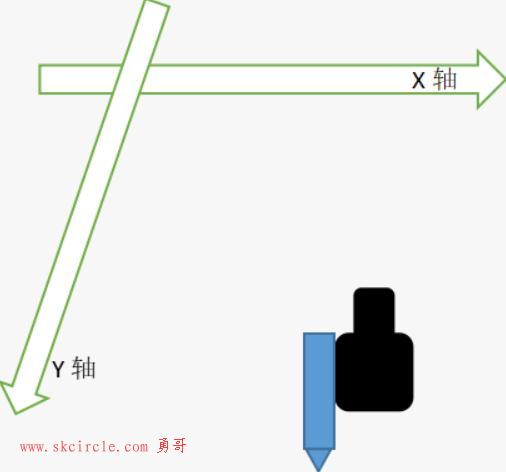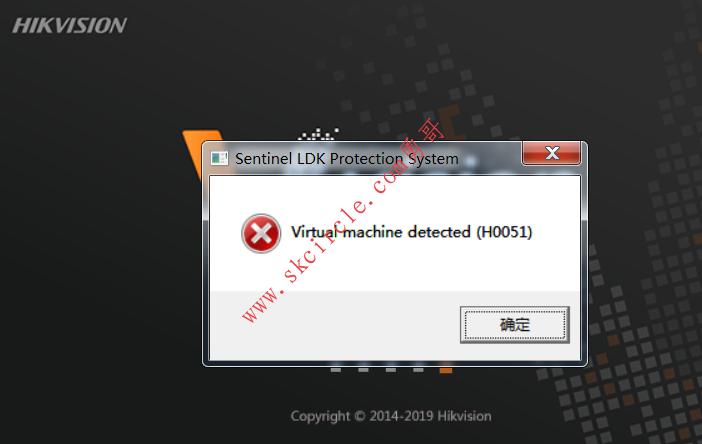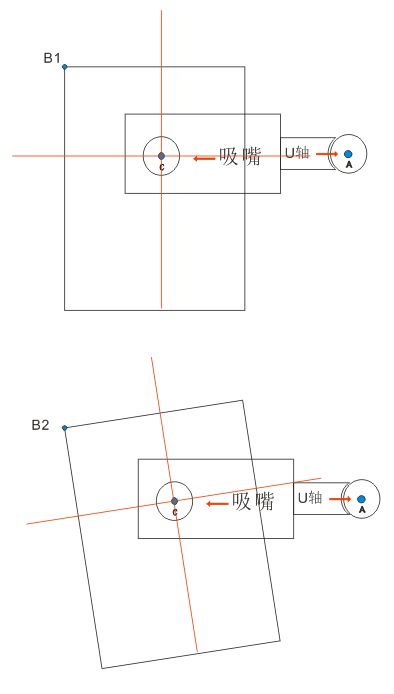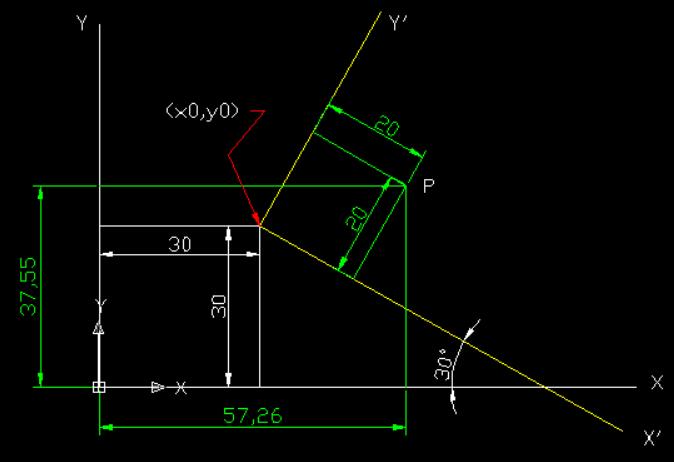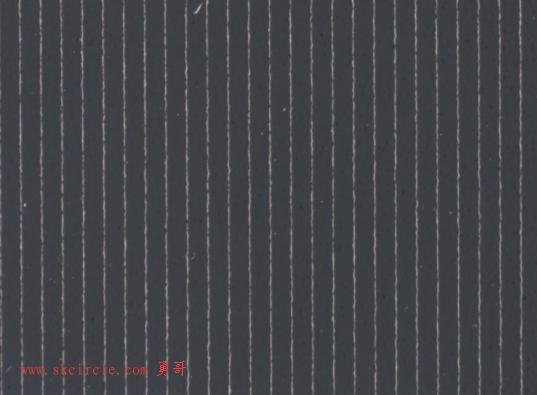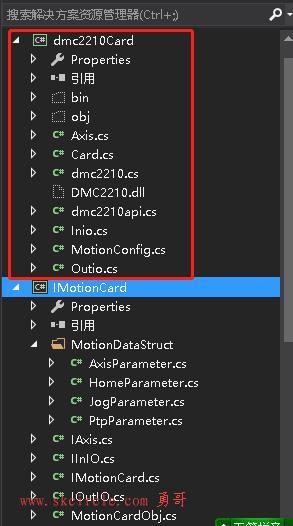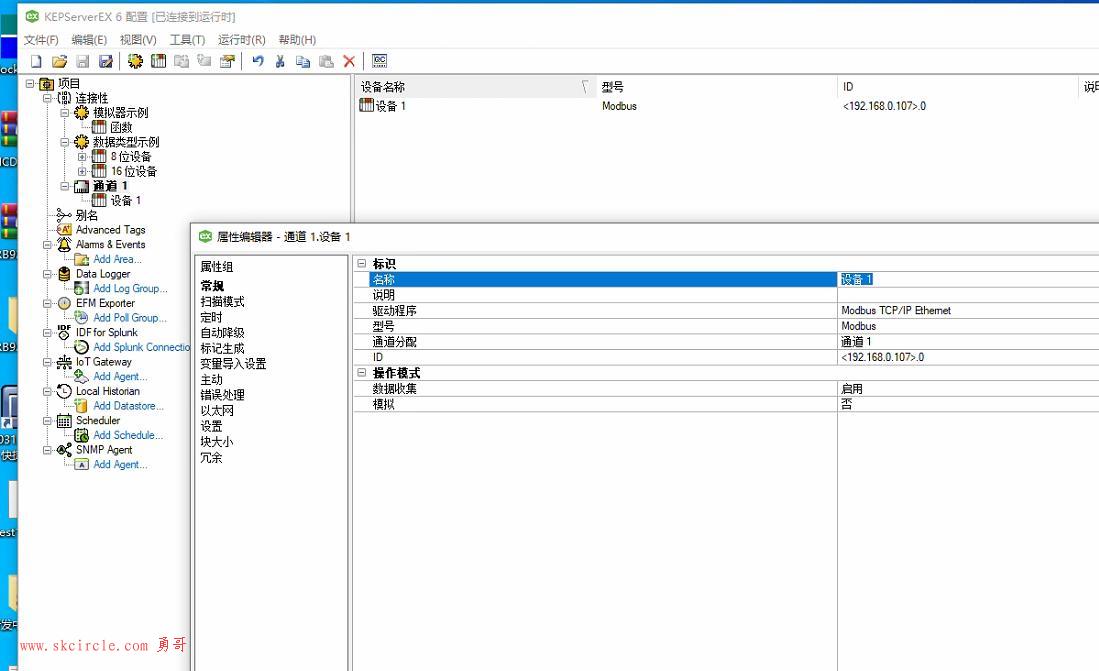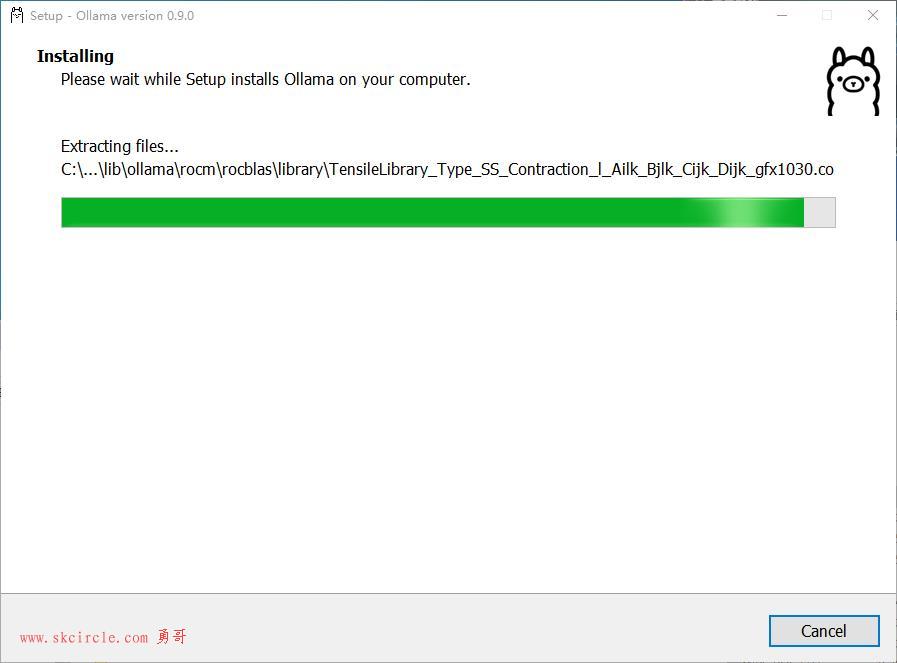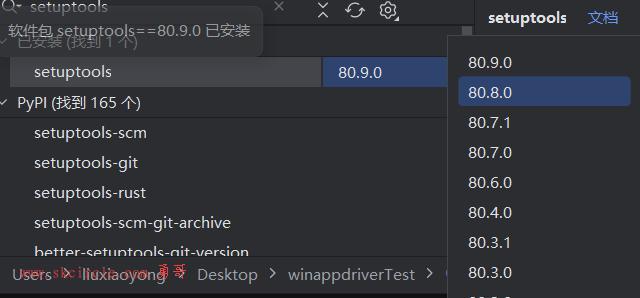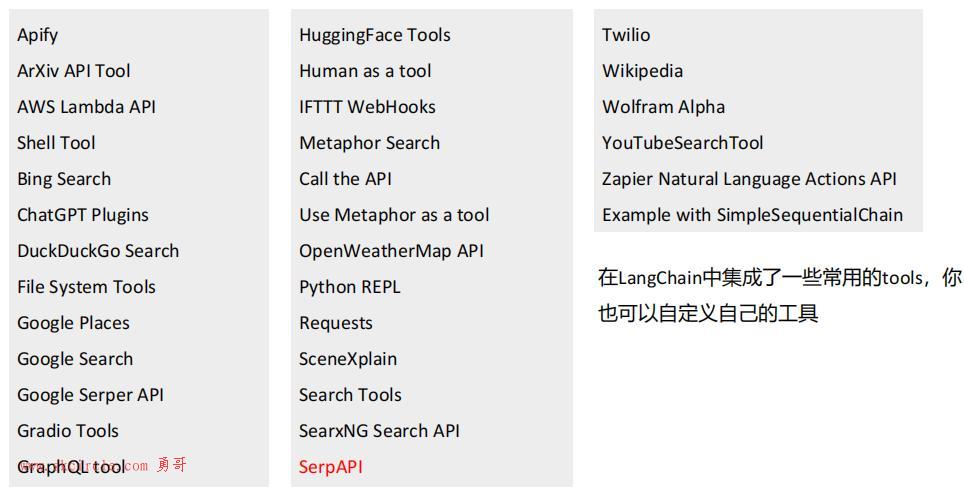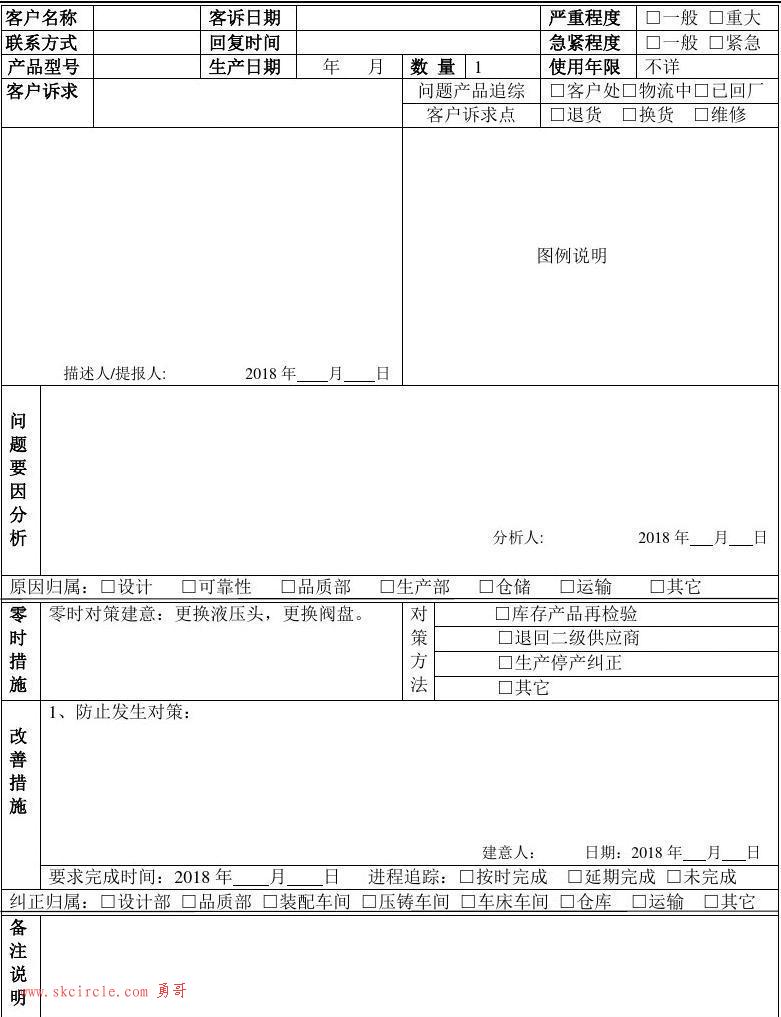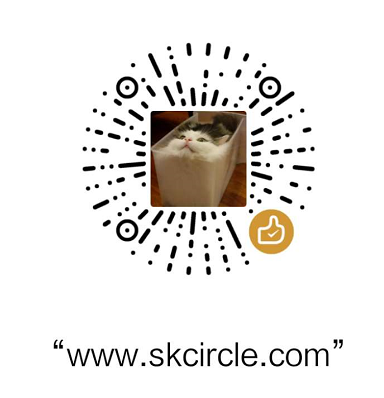大很多场合,需要在视觉程序中导入CAD文档,比如,在3C行业,需要对手机外壳进行CNC加工,或者点胶操作,此时,需要获取产品的各个点的数据。如果将CAD直接导入,就会大的减少编程工作量,同时也能达到很高的精度。
以下为Halcon自带例程:
* This example program shows how to read DXF files and how to
* use this CAD description of objects to generate shape models.
* The program is a slightly modified copy of the example program
* examples/hdevelop/Applications/Object-Recognition-2D/
* pm_multiple_models.hdev.
* The following modifications to this program were made:
* - The model images are created from the DXF description of
* the objects.
* - The parameters of the operator find_shape_models were
* slightly relaxed because the DXF object description does
* not fit exactly to the objects in the search image because
* the images were taken with an uncalibrated and slightly
* oblique viewing camera.
* This program shows how to use HALCON's shape-based
* matching to find multiple different models in one call to
* find_shape_models. Note that this is one mode of operation
* that is frequently useful. However, the number of
* applications that can be solved with this mechanism is much
* larger. Other applications where finding multiple models
* in one call is useful are applications where the same object
* can only occur in small angle ranges around a discrete set
* of angles, e.g., 0°, 90°, 180°, and 270°. In these cases,
* it would be wasteful to train the model for the full 360°
* rotation range and to match the model in this range. Instead,
* four models using the small angle ranges around the discrete
* set of angles should be generated from the same model image
* and used in the matching stage using four different angle
* ranges.
*
dev_update_pc ('off')
dev_update_window ('off')
dev_update_var ('off')
dev_close_window ()
dev_open_window (0, 0, 646, 482, 'black', WindowHandle)
dev_set_part (0, 0, 481, 645)
dev_set_draw ('margin')
set_display_font (WindowHandle, 16, 'mono', 'true', 'false')
dev_set_line_width (3)
* These colors will be used to graphically discern the different
* models in the visualization code below.
Colors := ['red','green','cyan']
* The object Models will hold a set of XLD contours that
* represent the different models. They are used below to overlay
* the found models on the current image. XLD contours are used
* because they can be transformed much faster than regions. This
* creates a slight problem because in general multiple XLD
* contours will represent one model. Therefore, the start and
* end indices of the different models will be stored in IndexS
* and IndexE, respectively.
gen_empty_obj (Models)
IndexS := []
IndexE := []
* The variable ModelIDs holds the different models that are
* created below.
ModelIDs := []
* Likewise, RowsRef and ColumnsRef store the reference points
* of the different models. They are necessary to transform the
* models to the found instances in the current image.
for J := 1 to 3 by 1
dev_clear_window ()
read_contour_xld_dxf (Contours, 'metal-part-' + J$'02', [], [], DxfStatus)//读取DXF文件,并将其转换为DXF轮廓。
gen_model_image_of_bright_object_with_holes (Contours, Image, 3.38, 646, 482)
dev_display (Image)
dev_set_color ('green')
set_tposition (WindowHandle, 20, 20)
write_string (WindowHandle, 'Generating shape model ' + J$'d')
get_domain (Image, Domain)
area_center (Domain, Area, Row, Column)
* Although we will use get_shape_model_contours below to
* obtain the representation of the model, we extract a model
* representation here using inspect_shape_model because this
* enables us to display the representation of the model while
* the model is being created.
inspect_shape_model (Image, ModelImages, ModelRegions, 1, 30)
* Since the shape models contain a few extraneous edges,
* they will be removed here to give a slightly nicer
* visualization.
connection (ModelRegions, ConnectedRegions)
select_shape (ConnectedRegions, SelectedRegions, 'area', 'and', 20, 100000)
union1 (SelectedRegions, ModelRegions)
gen_contours_skeleton_xld (ModelRegions, ModelContours, 1, 'filter')
dev_set_color ('red')
dev_display (ModelContours)
create_shape_model (Image, 5, rad(0), rad(360), 'auto', 'pregeneration', 'use_polarity', 30, 10, ModelID)
get_shape_model_contours (ModelCont, ModelID, 1)
select_shape_xld (ModelCont, ModelContours, 'contlength', 'and', 20, 1000)
* Count how many XLD contours there are in the current
* model and in the already stored models. This is necessary
* to compute IndexS and IndexE.
count_obj (ModelContours, NumModel)
count_obj (Models, NumModels)
concat_obj (Models, ModelContours, Models)
IndexS := [IndexS,NumModels + 1]
IndexE := [IndexE,NumModels + NumModel]
ModelIDs := [ModelIDs,ModelID]
endfor
disp_message (WindowHandle, ['Press left button to start','and stop the demo'], 'image', 50, 20, 'yellow', 'false')
get_mbutton (WindowHandle, Row1, Column1, Button1)
wait_seconds (0.5)
dev_set_color ('red')
Button := 0
ImgNo := 1
while (Button != 1)
read_image (Image, 'metal-parts/metal-parts-' + ImgNo$'02d')
count_seconds (S1)
find_shape_models (Image, ModelIDs, rad(0), rad(360), 0.6, 0, 0.5, 'least_squares', 4, 0.3, Row, Column, Angle, Score, Model)
count_seconds (S2)
Time := (S2 - S1) * 1000.
dev_display (Image)
Num := |Score|
for J := 0 to Num - 1 by 1
* Select the correct XLD contours from the Models object.
copy_obj (Models, ModelSelected, IndexS[Model[J]], IndexE[Model[J]] - IndexS[Model[J]] + 1)
* Compute the transformation from the model object to
* the current instance.
vector_angle_to_rigid (0, 0, 0, Row[J], Column[J], Angle[J], HomMat2D)
affine_trans_contour_xld (ModelSelected, ModelTrans, HomMat2D)
dev_set_color (Colors[Model[J]])
dev_display (ModelTrans)
endfor
if (Num == 1)
disp_message (WindowHandle, Num$'1d' + ' object found in ' + Time$'4.2f' + 'ms', 'image', 20, 20, 'yellow', 'false')
else
disp_message (WindowHandle, Num$'1d' + ' objects found in ' + Time$'4.2f' + ' ms', 'image', 20, 20, 'yellow', 'false')
endif
ImgNo := ImgNo + 1
if (ImgNo > 15)
ImgNo := 1
endif
dev_error_var (Error, 1)
dev_set_check ('~give_error')
get_mposition (WindowHandle, R, C, Button)
dev_error_var (Error, 0)
dev_set_check ('give_error')
if (Error != H_MSG_TRUE)
Button := 0
endif
endwhile
for J := 0 to |ModelIDs| - 1 by 1
clear_shape_model (ModelIDs[J])
endfor程序中read_contour_xld_dxf 是读取DXF格式文件的算子,可以将DXF文件转换为XLD轮廓。如果没有提供文件的绝对路径,则会在当前目录下搜索DXF文件。
read_contour_xld_dxf支持如下DXF实体:多段线,2D线段,点,圆,圆弧,椭圆,块,典线。对应DXF实体的X和Y坐标分别存储在列和行的坐标。Z坐标被忽略。
输出参数DxfStatus包含有关DXF文件的部分数据,并转换为轮廓的形式输出。
我们也可以通过write_contour_xld_dxf来将XLD轮廓转换为DXF格式的CAD文件。write_contour_xld_dxf保存DXF格式时可以通过设置参数来确保数据的完整性,设置这些属性的读取可以通过设置通用参数‘read_attributes’为false来关闭,通用参数GenParamNames参数名和在GenParamValues设置的值。
DXF实体中的圆,弧,椭圆和曲线转换过程中为近似的XLD轮廓,近似精度可以通用参数min_num_points和max_approx_error来控制。参数min_num_point定义了被用于近似采样点的最小数量。需要注意的是,参数min_num_points针对完整的圆或椭圆形对应的采集点数,对应于圆弧或椭圆弧,如果min_num_points设置为50,则表示读取一个半圆,此时半圆为至少25个采样点。参数max_approx_error定义的XLD轮廓的理想圆或椭圆,分别的最大偏差(单位:pixel像素)
Halcon自带例程
* This example program shows how to use the operators * write_contour_xld_dxf and read_contour_xld_dxf as well as * the operators write_polygons_xld_dxf and read_polygon_xld_dxf * * First, edges are extracted from an image. read_image (Image, 'mreut') edges_sub_pix (Image, Edges, 'canny', 2, 20, 40) * * Then, to create global attributes, the regression lines are determined. regress_contours_xld (Edges, RegressContours, 'no', 1) * * Now, we can query what attributes and global attributes * are available for the contours. select_obj (RegressContours, ObjectSelected, 1) query_contour_attribs_xld (ObjectSelected, Attribs) query_contour_global_attribs_xld (ObjectSelected, GlobalAttribs) * * In the next step, the contours are written into a DXF file. This file * contains also the attributes and global attributes. write_contour_xld_dxf (RegressContours, 'contours') * * When the contours are read from the DXF file created with * read_contours_xld_dxf, the (global) attributes are read, too. read_contour_xld_dxf (ContoursRead, 'contours', [], [], DxfStatusCont) * * All (global) attributes that were available for the * original contours (RegressContours) are available also for the * contours (ContoursRead) that have been read from the DXF file. select_obj (ContoursRead, ObjectSelected, 1) query_contour_attribs_xld (ObjectSelected, AttribsTest) query_contour_global_attribs_xld (ObjectSelected, GlobalAttribsTest) * * Now, we show how to write and read polygons gen_polygons_xld (ContoursRead, Polygons, 'ramer', 2) write_polygon_xld_dxf (Polygons, 'polygons') read_polygon_xld_dxf (PolygonsRead, 'polygons', [], [], DxfStatusPoly)
转载自:https://www.cnblogs.com/amosyang/p/8465535.html


 少有人走的路
少有人走的路